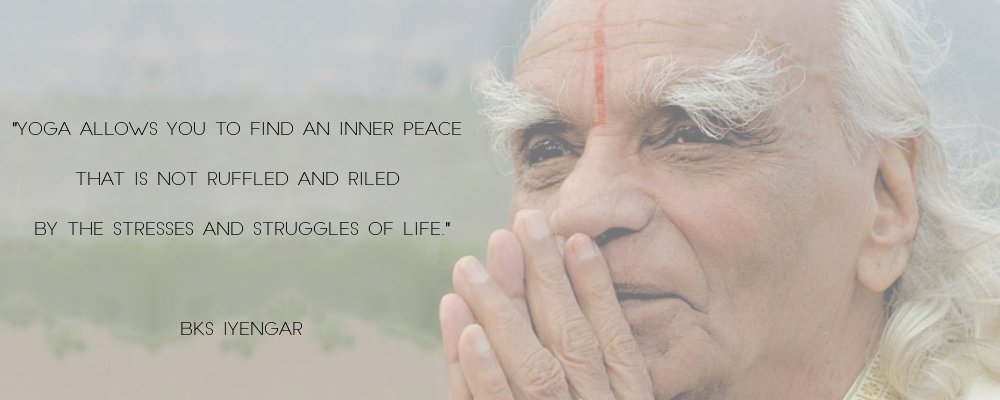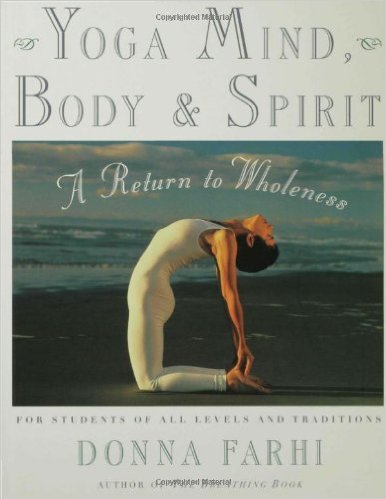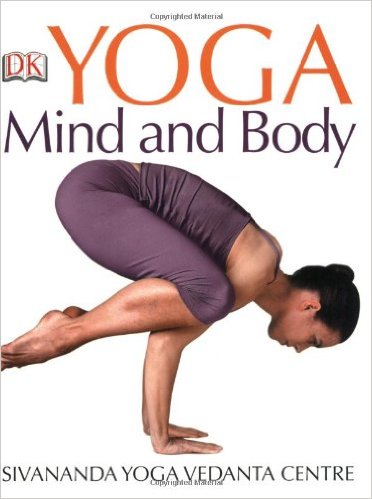
Your favorite yoga class starts at 6, you’re running late from a meeting after work, there’s traffic, but despite it all, you get to class.
…..The rush to be present and still.
From here, it’s mind over matter. A struggle between wondering if your phone is in fact on silent, and the mindfulness practice of letting those very thoughts go to be present. This leads into asana on a wide spectrum of difficulty depending on your practice, where mind over matter takes on a different form, placing focus on you within your body.
This dance of meeting the struggles, mental/ physical, internal/ external…. is made more cohesive, fluid, by what you get in your yoga practice. Instead of impatience, frustration, self-criticism, doubt ruling the roost, there are different guidelines here on the mat, and they give you a sense of self- awareness, presence, or gratitude to meet it all. Whatever it may be for you that you’re getting, it’s good, and it’s a reprieve from the daily grind off the mat.
Fast forward to class winding down into Savasana, where you mentally prepare for reentry into the world:
“What will be for dinner?
“How much-frozen pizza is too much-frozen pizza?”
“How many texts do I have.”
“How soon is too soon to find someone on Facebook?”
“How can a corpse have thoughts?”
You roll over onto your side and sit up.
Until next week, “NAMASTE,” and it’s over.
But why?
It’s a very western model to compartmentalize our experiences. To say, “OK, done with that, wow wasn’t it great?! On to the next!” But why, and is this really serving us? What if we took what we were learning and experiencing on the mat…. off the mat?
Still with me? Then let’s meet our edges and soften…
Yoga is more than a class once a week, and your mind and body know it regardless of our western culture. It’s why you keep coming back. Anxiety, stress, time for yourself, space for yourself- there is some need being met through the practice of yoga that is outside of the norm to the other compartmentalized experiences of your day to day. So stop compartmentalizing. Go off the yoga mat. Break the pattern. Go rogue. Recognize, that the practice of yoga was never meant to have parameters, and begin to take it off the mat.
Practicing yoga is an offering. It asks nothing of you other than to partake, to learn, to practice, and it asks this in hopes of your own self-betterment. How altruistic yoga, you’re truly refreshing.
Keep in mind, it is the practice of yoga.
You are not expected to be perfect, or have all the right moves, but you are asked to work it- to stay with the yoga practice- to stay with yourself, on and off the mat, in and out of class. Presence, in mind and in body.
Start with some basics:
Always, ALWAYS, come back to the breath.
How often does your teacher say this in a class?
Pranayam, be it one of the fancier methods, or the rhythm our body naturally moves through, forms the root of yoga practice. Coming back to the breath allows time to come back to your self (yes, two words) over your thoughts. Life is overwhelming, and on certain days, overwhelming is flattery. Focusing on the breath lets you see what’s causing your grief and then work through it, as opposed to letting it build. It is the focus on the breath, rather than raging thoughts, that gets you through a tough practice.
Most importantly, above all else, is the recognition of the choice that exists around being present with your own breath. As humans, and in western culture, it is easy to feel out of control. Things move fast, and change rapidly around us, but your breath is always with you, and the gifts it grants you are yours to do with what you choose.
Everyone loves a safe space. Everyone needs a safe space.
The space of your mat, that becomes so much more than rubber- remember it and hold it for yourself at home or work. GIve it to yourself when you are having a trying moment.
Remember Todasana. Mountains are immovable.
They age and crumble over millions of years, but their presence is no less and the ground beneath them remains their own.
Keep this pose relevant as you hold space for yourself, remembering how it begins in the four corners of your feet and moves up, gaining strength and an open, grounded posture. Maintaining presence within yourself, in this way, becomes infectious to those around you. This way in which you choose to hold your space begins to speak volumes, and sets the standard for how you will interact, and be interacted with by others.
As humans, we are gifted with a limbic system, and suffice it to say, it is given far too little credit. Look into it, and know thyself… better.
Last but not least, compassion begins with yourself.
The compassion you are learning to give yourself when your tree topples in Vrsasana, or when your pigeon begins squawking for release in Kapotasana- remember what that feels like and extend it to yourself when you burn dinner or miss an appointment. In yoga practice, clinging to every difficulty will only dampen the flow of the movements and overwhelm us with frustration, which is no kind of solution. Take these lessons for how you meet difficulty, off the mat. As you begin to show yourself compassion, this habit begins to externalize, and really great things start to happen with how you respond to the most infuriating situations.
Begin to change your yoga practice, by expanding your practice onto a bigger mat so to speak, and see where granting yourself the gifts of your yoga practice off the mat can take you… You’ve already begun cultivating it.
This article is the first in a developing series for Be Here Now Network, exploring the 8 Limbs of Yoga, and the ways in which we can deepen our yoga practice by taking it’s teachings off the mat, and into our daily grind. Continue on with part two, the Breath, Mind, and Present. Feedback welcome!
Amanda Hart is currently studying art therapy and clinical mental health counseling in the graduate school of Transpersonal Psychology at Naropa University. She is a 250-hour RYT born in the Blue Ridge, and transplanting in the Rockies.
**This article was written for Be Here Now Network and is not to be replicated without the consent of the author or the site.




